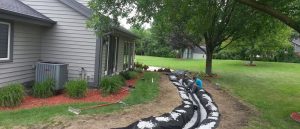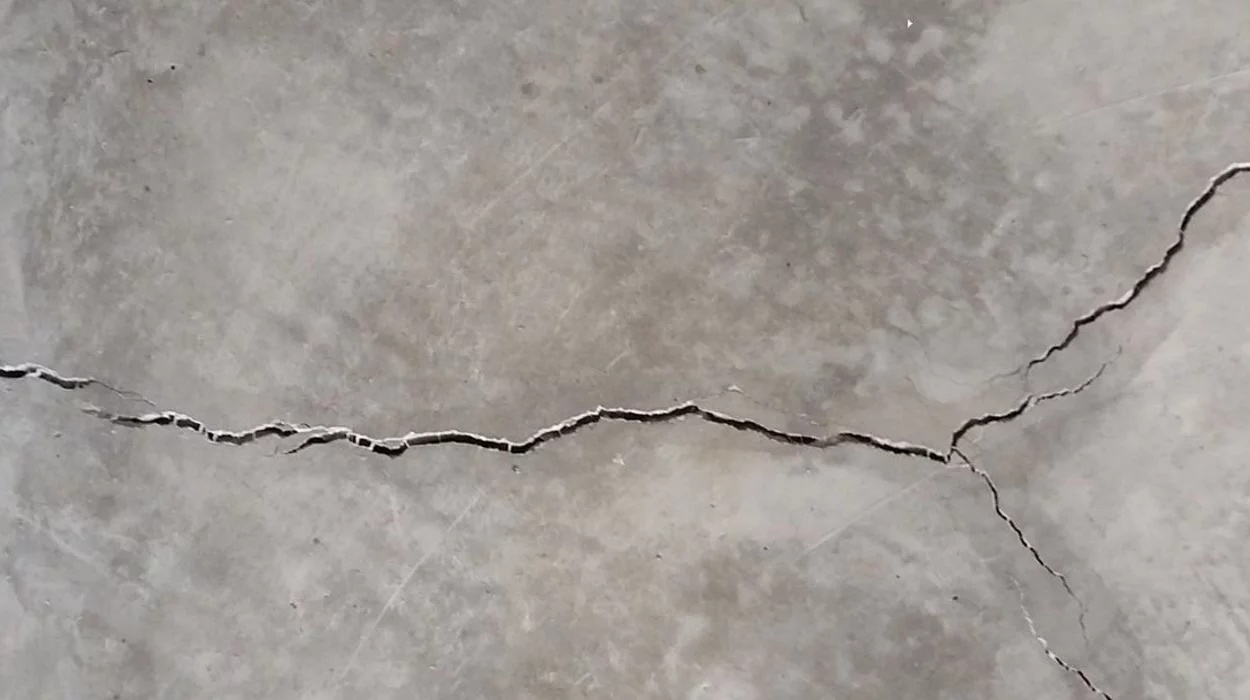 Basement flooding is a nightmare for homeowners. It not only causes severe damage to property but also poses a health risk due to the growth of mould and mildew. One of the most common causes of basement flooding is poor landscape drainage. In this article, we will discuss the importance of landscape drainage in preventing basement flooding.
Basement flooding is a nightmare for homeowners. It not only causes severe damage to property but also poses a health risk due to the growth of mould and mildew. One of the most common causes of basement flooding is poor landscape drainage. In this article, we will discuss the importance of landscape drainage in preventing basement flooding.
What is Landscape Drainage?
Landscape drainage refers to the management of water that collects on the ground surface. It is a system that redirects excess water away from buildings, lawns, and other areas of the property. The goal of landscape drainage is to prevent water from pooling and causing damage to the property.
Why is Landscape Drainage Important?
Landscape drainage is crucial in preventing basement flooding. It helps to protect the foundation of the building, prevent soil erosion, and maintain a healthy environment around the property. Here are some of the reasons why landscape drainage is essential:
Prevents Water from Pooling
When water accumulates on the ground surface, it can easily find its way into the basement. This happens when the water table rises and seeps through the foundation walls. Proper landscape drainage prevents water from pooling around the foundation of the building.
Protects the Foundation
Water can weaken the foundation of a building, leading to costly repairs. The water can penetrate the foundation walls and cause cracks or even collapse the foundation. Proper landscape drainage helps to prevent water from damaging the foundation of the building.
Prevents Soil Erosion
Water can also cause soil erosion. When water flows over the surface of the ground, it can carry away soil particles, leaving behind bare patches. This can weaken the soil and cause damage to the property. Proper landscape drainage helps to prevent soil erosion and maintain the integrity of the soil.
Maintains a Healthy Environment
Excess water can create a breeding ground for mosquitoes, mold, and other harmful organisms. Proper landscape drainage helps to prevent the accumulation of water, which can reduce the risk of disease and illness.
Types of Landscape Drainage Systems
There are several types of landscape drainage systems that homeowners can use to prevent basement flooding. These include:
French Drains
French drains are one of the most common landscape drainage systems. They are trenches filled with gravel or rock that redirect water away from the building. French drains can be installed in the yard, around the foundation of the building, or along the perimeter of the property.
Sump Pumps
Sump pumps are used to pump water out of the basement or crawl space. They are usually installed in a pit and connected to a drainage system. Sump pumps are an effective solution for preventing basement flooding caused by groundwater.
Swales
Swales are shallow ditches that are designed to channel water away from the property. They are often used in areas where the ground is sloped. Swales can be lined with vegetation, rocks, or gravel to slow down the flow of water.
Retaining Walls
Retaining walls are structures that hold back soil and prevent erosion. They are often used in areas where the ground is sloped. Retaining walls can be built using various materials, including concrete, stone, and wood.
Conclusion
 Proper landscape drainage is essential in preventing basement flooding. It helps to protect the foundation of the building, prevent soil erosion, and maintain a healthy environment around the property. Homeowners can use various landscape drainage systems, including French drains, sump pumps, swales, and retaining walls, to prevent basement flooding. By investing in proper landscape drainage, homeowners can avoid the costly repairs and health risks associated with basement flooding.
Proper landscape drainage is essential in preventing basement flooding. It helps to protect the foundation of the building, prevent soil erosion, and maintain a healthy environment around the property. Homeowners can use various landscape drainage systems, including French drains, sump pumps, swales, and retaining walls, to prevent basement flooding. By investing in proper landscape drainage, homeowners can avoid the costly repairs and health risks associated with basement flooding.



